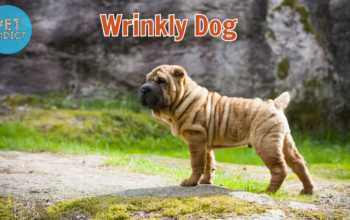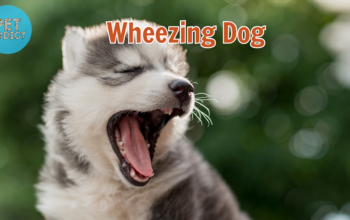As a responsible pet owner, finding the best dog collar for your furry friend is crucial. Not only does a dog collar serve as a means of identification, but it also plays a significant role in training, safety, and comfort. With a vast array of dog collars available on the market, it can be challenging to determine which one is the right fit for your dog’s needs. In this comprehensive guide, we will explore the best dog collars, their purposes, and the top choices for different breeds and lifestyles.
PetAddict.net – The best place where you can find everything about your pet!
Types of Dog Collars
Flat Collars
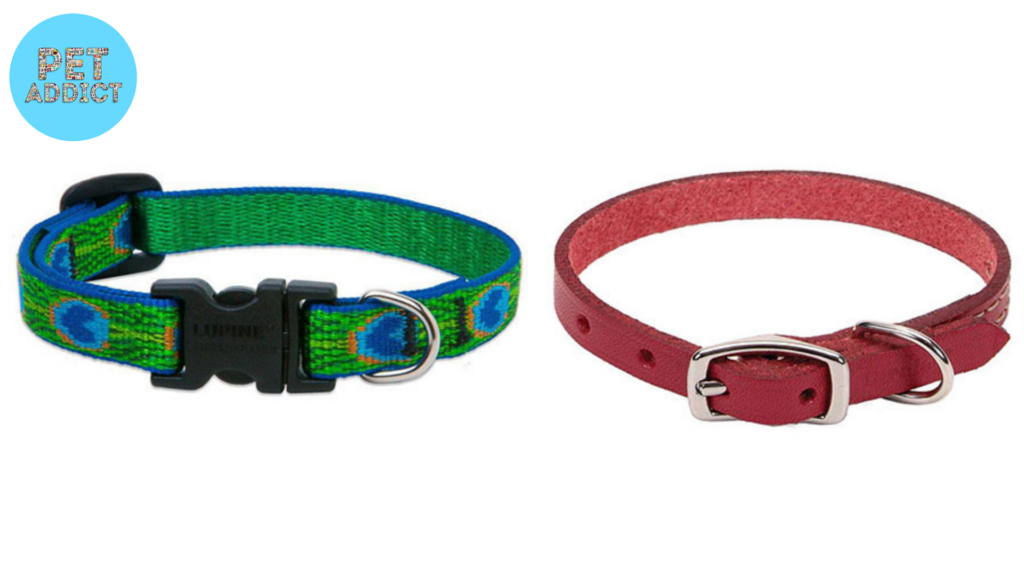
Flat collars are the most common type of dog collar. They are simple, adjustable, and come in a variety of materials such as nylon, leather, and fabric. Flat collars are ideal for everyday wear, holding identification tags, and attaching leashes.
Martingale Collars
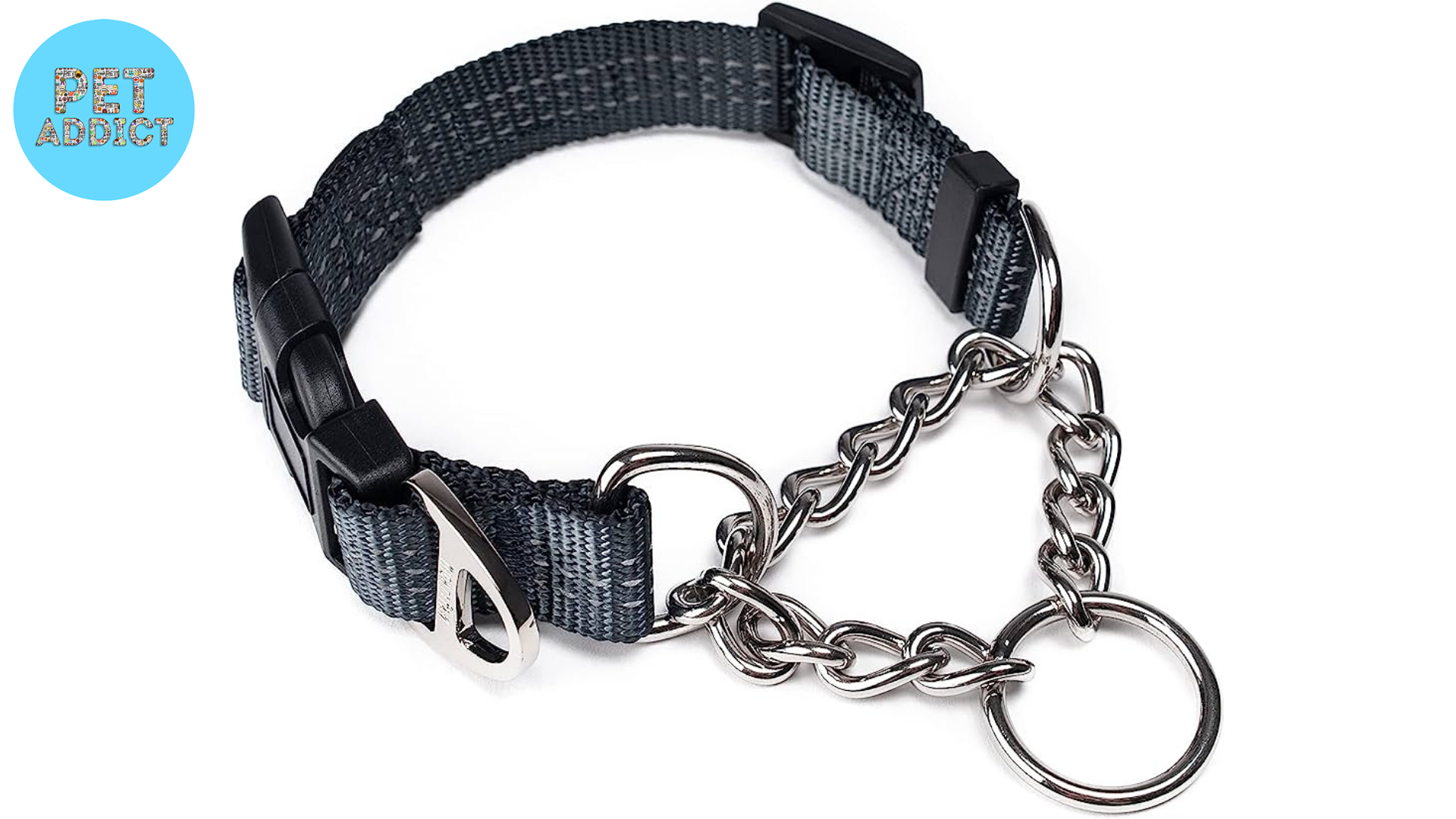
Martingale collars, also known as limited-slip collars, are designed for dogs that have a tendency to slip out of traditional flat collars. They consist of a loop that tightens when the dog pulls, preventing escape without choking the dog.
Head Collars
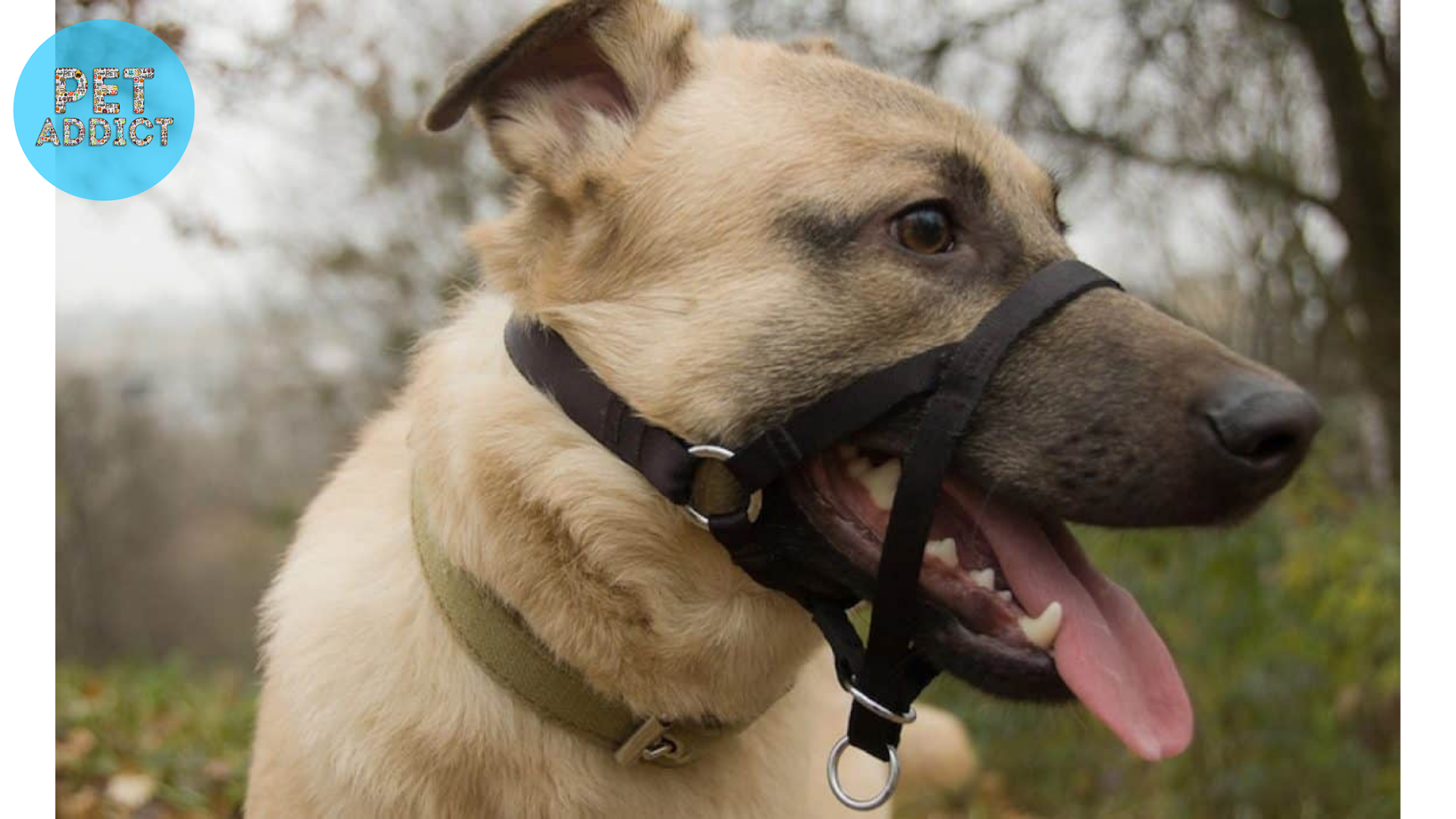
Head collars, often referred to as “gentle leaders” or “halters,” resemble muzzles but work differently. They provide control by gently guiding the dog’s head, making it easier to redirect their attention and curb pulling behavior.
Prong Collars
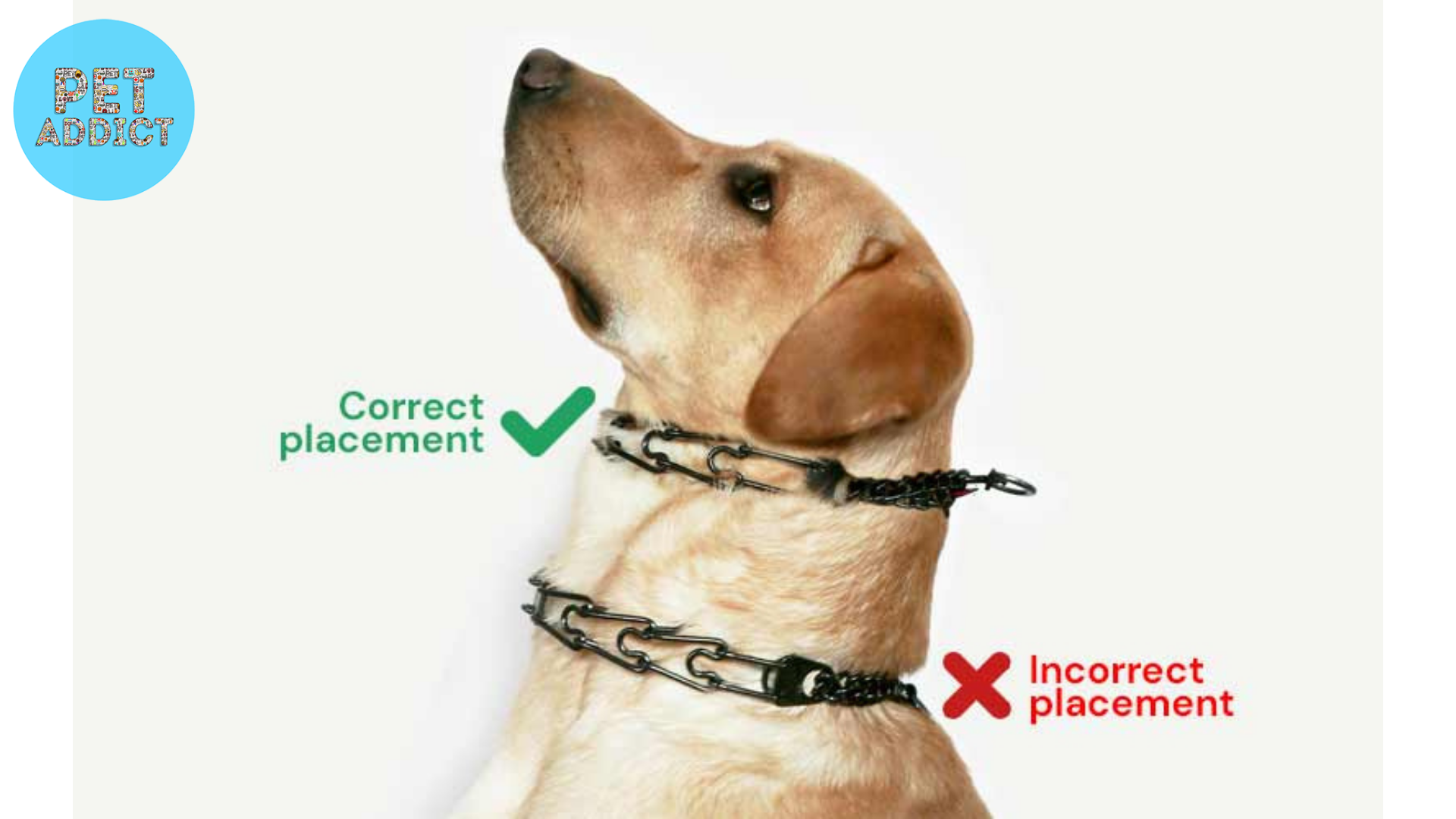
Prong collars, also known as pinch collars, are controversial and best used under the guidance of a professional dog trainer. They feature metal prongs that apply pressure when the dog pulls, encouraging them to ease off the tension.
Choke Chains
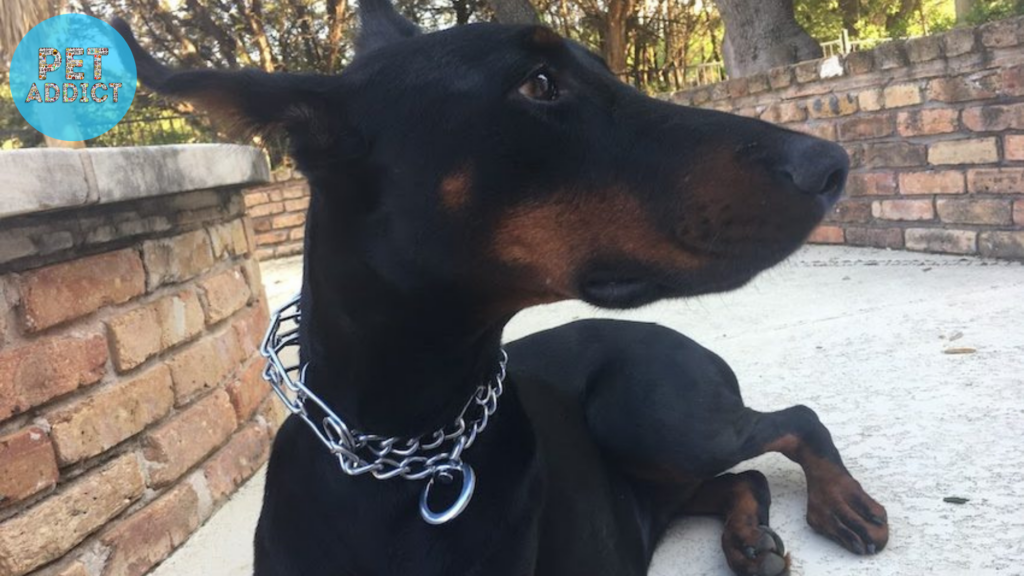
Choke chains, also called slip collars, are designed to tighten around the dog’s neck when pulled. They are not recommended for training purposes, as they can cause harm and are less effective than positive reinforcement methods.
Harnesses
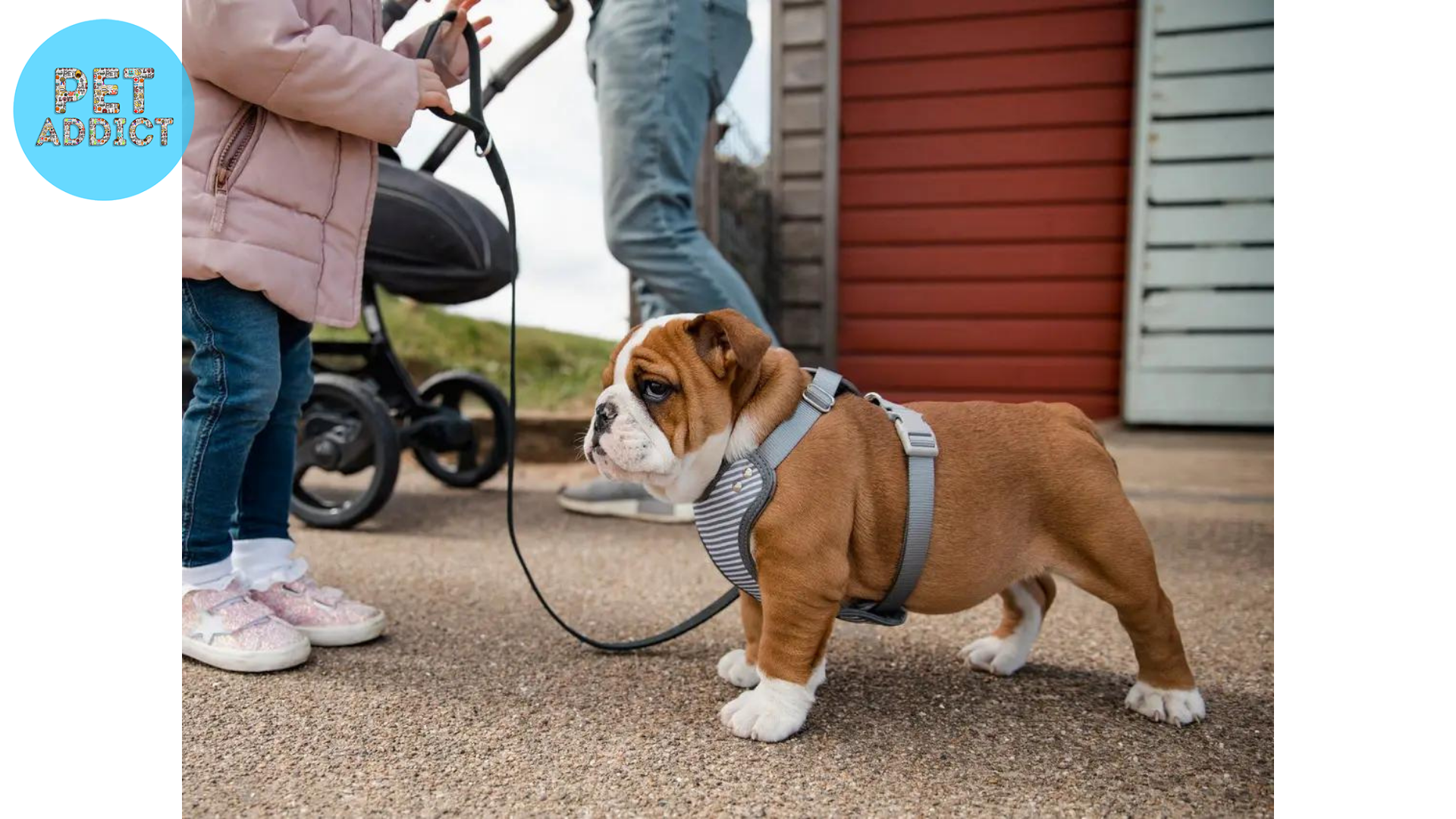
While not technically collars, harnesses are worth mentioning as an alternative to traditional neck collars. Harnesses distribute pressure more evenly across the dog’s body, making them suitable for dogs with neck or tracheal issues.
Understanding the Purpose of Each Dog Collar Type
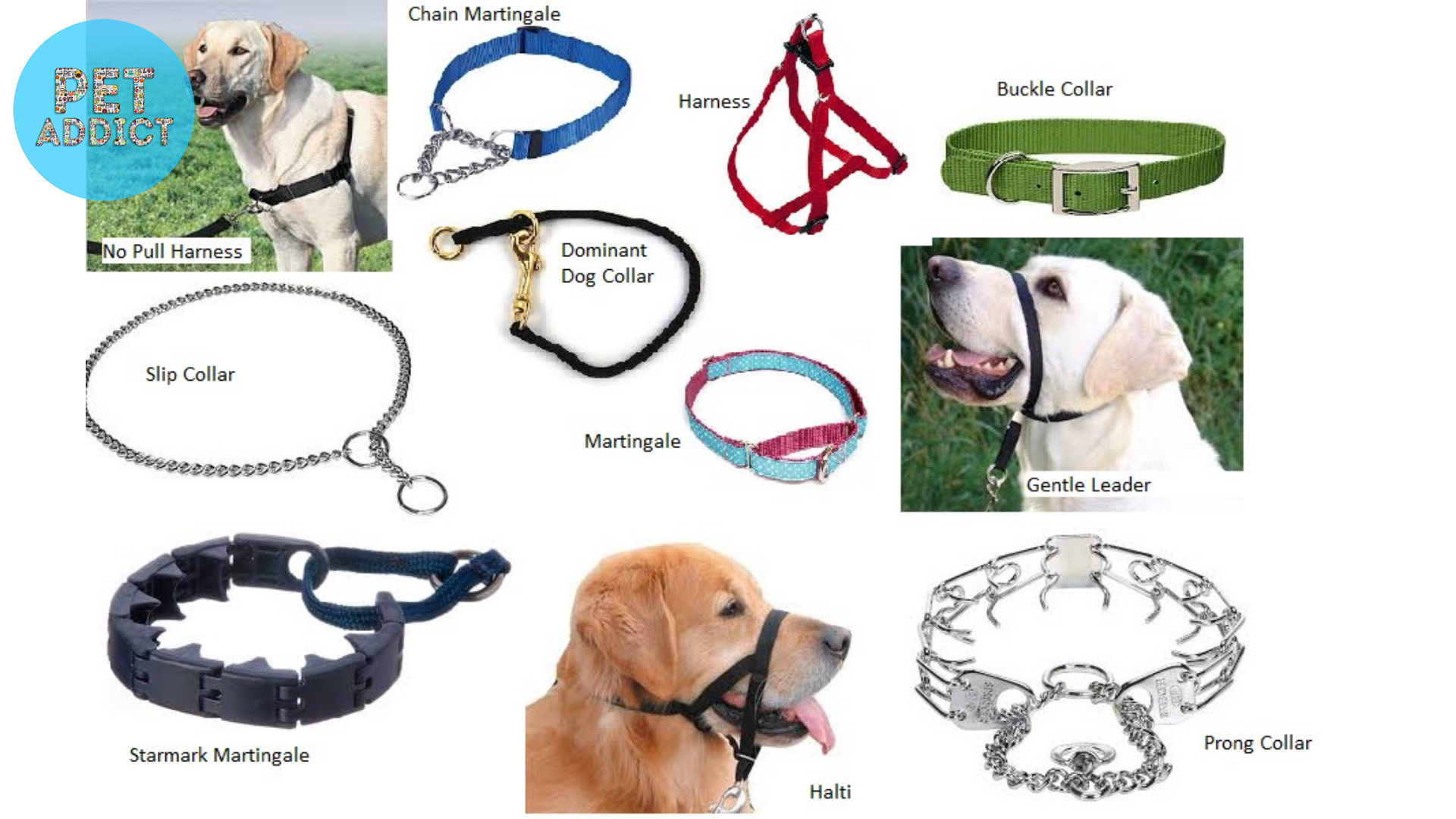
Benefits and Limitations of Flat Collars
Flat collars are simple and comfortable for most dogs to wear. They are suitable for everyday use and are an excellent option for carrying identification tags. However, they may not be effective for dogs prone to pulling or escaping from collars.
How Martingale Collars Help with Leash Training
Martingale collars provide gentle control and can prevent dogs from slipping out of their collars. They are particularly useful for leash training, as the tightening action discourages pulling while still allowing room for comfortable movement.
Using Head Collars for Controlling Pulling Behavior
Head collars provide control over a dog’s head, allowing pet owners to redirect their attention and manage pulling behavior more effectively. They are especially useful for dogs that are strong pullers.
The Controversial Use of Prong Collars and Choke Chains
Prong collars and choke chains are not recommended for inexperienced pet owners as they can cause physical and emotional harm to dogs if used improperly. Positive reinforcement training methods are a safer and more effective alternative.
The Advantages of Harnesses for Specific Dog Breeds
Harnesses are a suitable option for dogs with neck or tracheal issues, such as brachycephalic breeds or dogs with respiratory problems. They distribute pressure more evenly, reducing strain on the neck and throat.
Best Dog Collars for Training
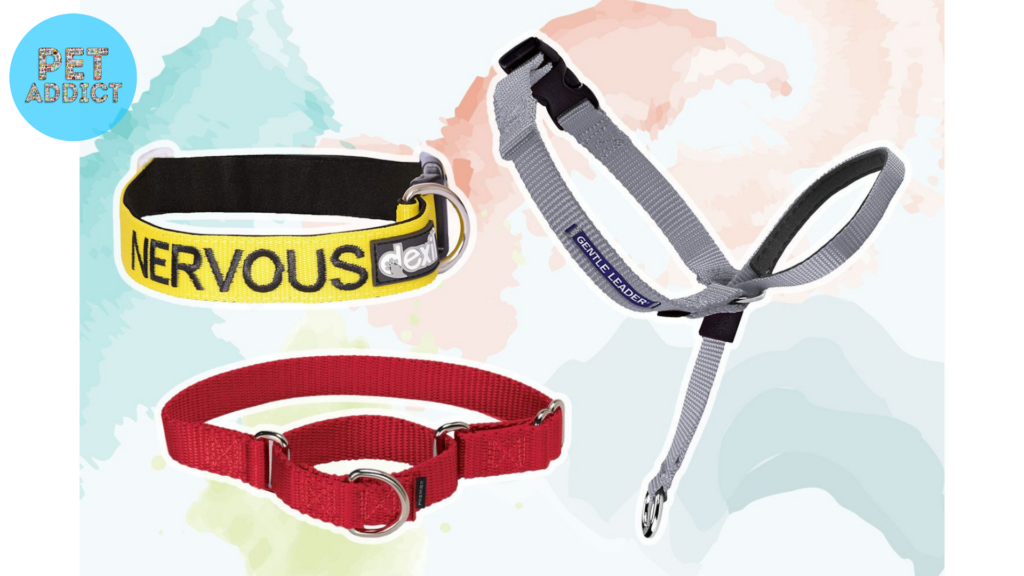
Training-specific features to look for in a dog collar include:
- Positive Reinforcement Compatibility: Look for collars that work well with positive reinforcement training methods, promoting desired behaviors through rewards.
- Easy Adjustability: Collars with easy-to-adjust straps allow for a snug and comfortable fit during training sessions.
- Durable Material: Training collars should be made of durable materials to withstand the rigors of training exercises.
Top Choices for Positive Reinforcement Training
- Ruffwear Front Range Harness: This harness features a front-clip attachment for easy control and discouragement of pulling behavior.
- Blue-9 Balance Harness: With multiple points of adjustment, this harness ensures a secure fit for training exercises.
Best Dog Collars for Small Breeds
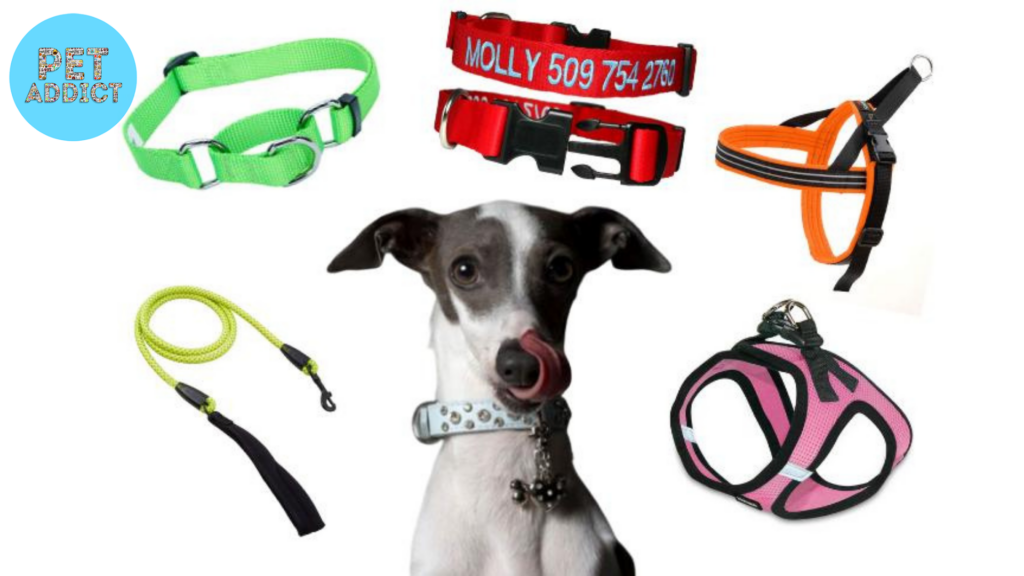
Collars designed for the comfort and safety of small dogs:
- Puppia Soft Dog Harness: This soft harness is gentle on small dogs and prevents neck strain during walks.
- GoTags Personalized Dog Collar: A custom-fit collar with your dog’s name and your contact information embroidered on the fabric.
Soft and Lightweight Options Suitable for Tiny Breeds
- Bark Appeal Mesh Step-in Harness: A lightweight mesh harness designed to be easy to put on and take off small dogs.
- KONG Comfort Padded Collar: Soft padding ensures a comfortable fit for your small pup.
Best Dog Collars for Large and Strong Breeds
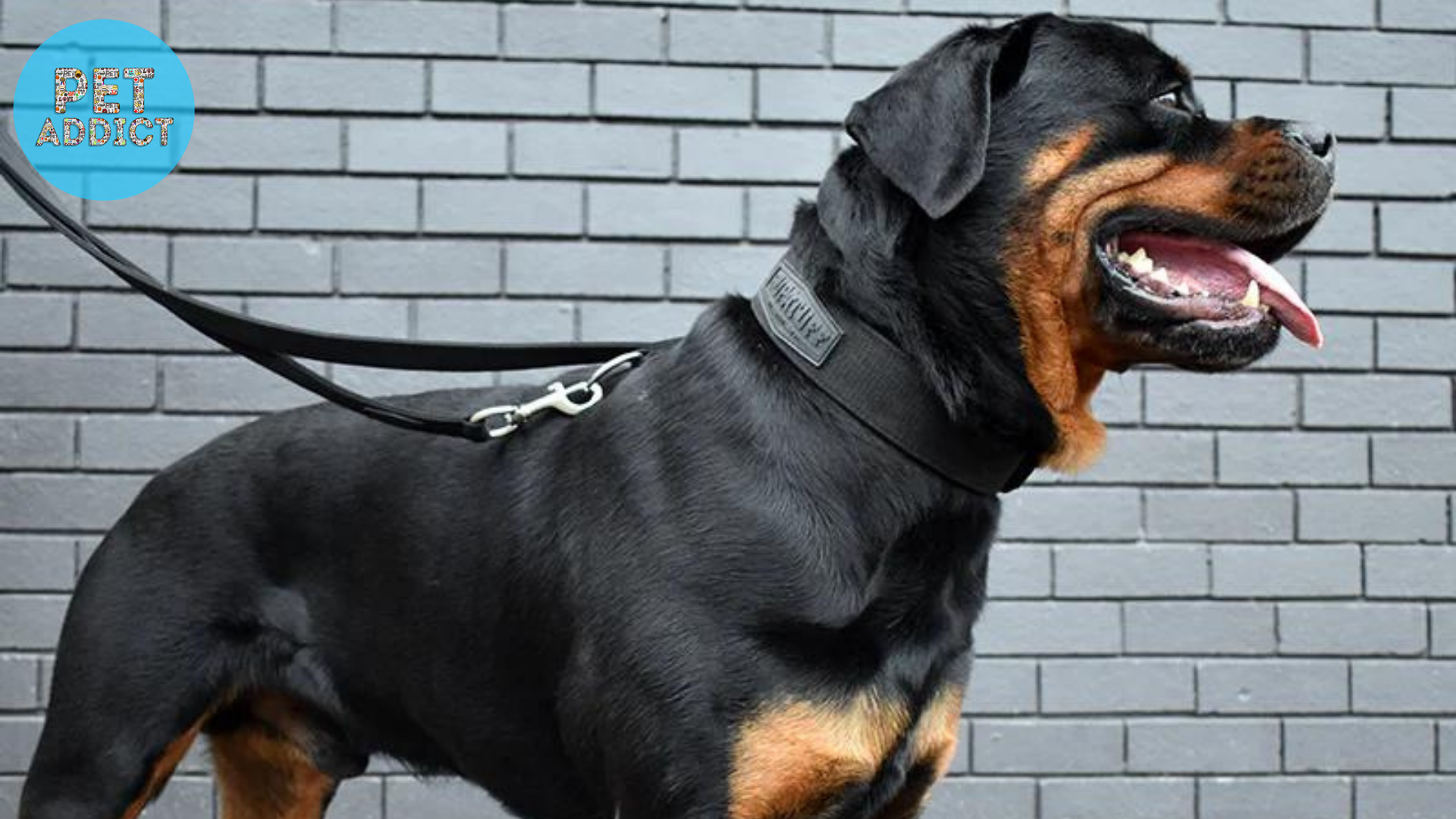
Heavy-duty collars built for large and powerful dogs:
- EzyDog Neo Classic Collar: Made with neoprene, this collar is strong and comfortable for big dogs.
- Mighty Paw Padded Sports Collar: A robust collar with reflective stitching for enhanced visibility during nighttime walks.
Extra-Wide and Durable Options to Prevent Breakage
- Rogz Utility Fanbelt Dog Collar: Made with tough webbing and a sturdy buckle for large breeds.
- Max and Neo Stainless Steel Chain Martingale Collar: Designed for extra durability and control during leash training.
Best Dog Collars for Sensitive Skin
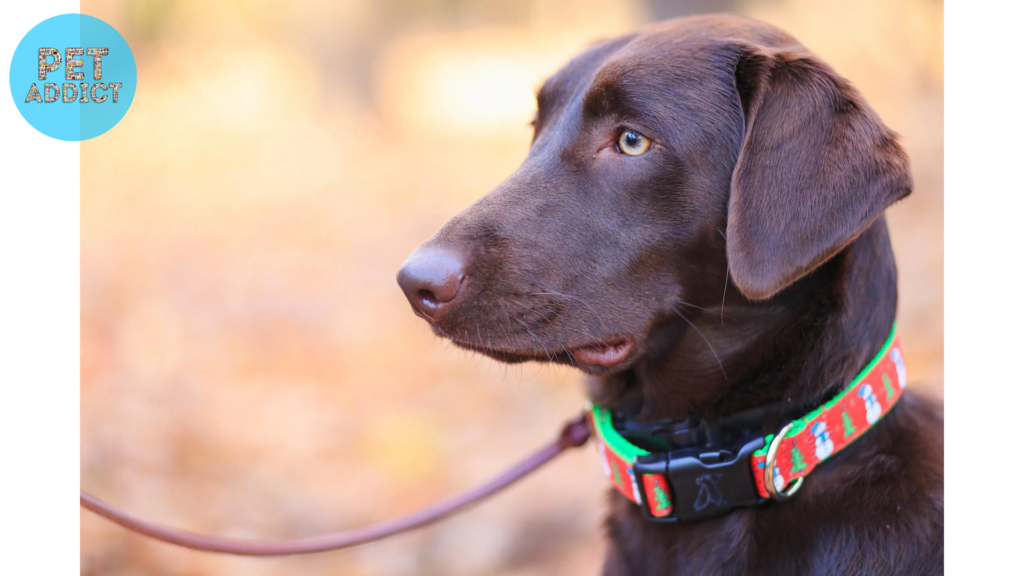
Hypoallergenic materials and designs for dogs with sensitive skin:
- Blueberry Pet Soft & Comfortable Collar: Made with eco-friendly, skin-friendly, and non-toxic materials.
- Earth-Rated Eco-Friendly Dog Collar: Crafted with natural soy fibers for maximum comfort.
Collars That Reduce Irritation and Chafing
- The Original EcoBark Maximum Comfort & Control Dog Collar: A padded and non-chafing collar suitable for sensitive dogs.
- Mighty Paw Neoprene Padded Collar: Soft neoprene padding for dogs with sensitive skin.
Best Dog Collars for Outdoor Adventures
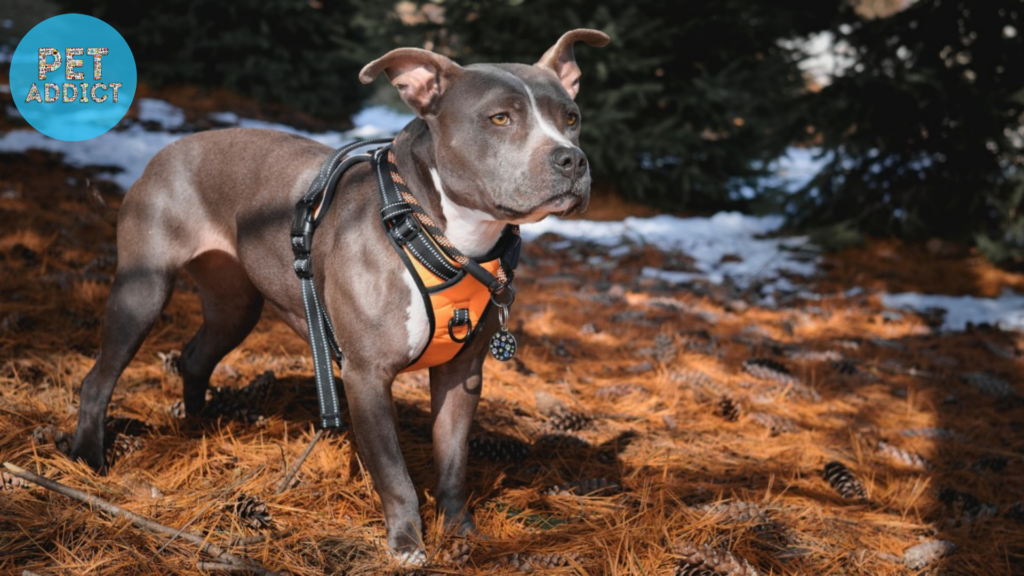
Waterproof and weather-resistant collars for active dogs:
- RUFFWEAR Waterproof Collar: Built with waterproof materials, perfect for water-loving pups.
- Black Rhino The Comfort Collar: A weather-resistant collar with soft and durable materials.
Reflective and LED Collars for Enhanced Visibility During Nighttime Activities
- Illumiseen LED Dog Collar: An LED collar that provides excellent visibility during nighttime walks.
- Mighty Paw Reflective Collar: Reflective stitching ensures visibility in low-light conditions.
Best Dog Collars for Style and Fashion
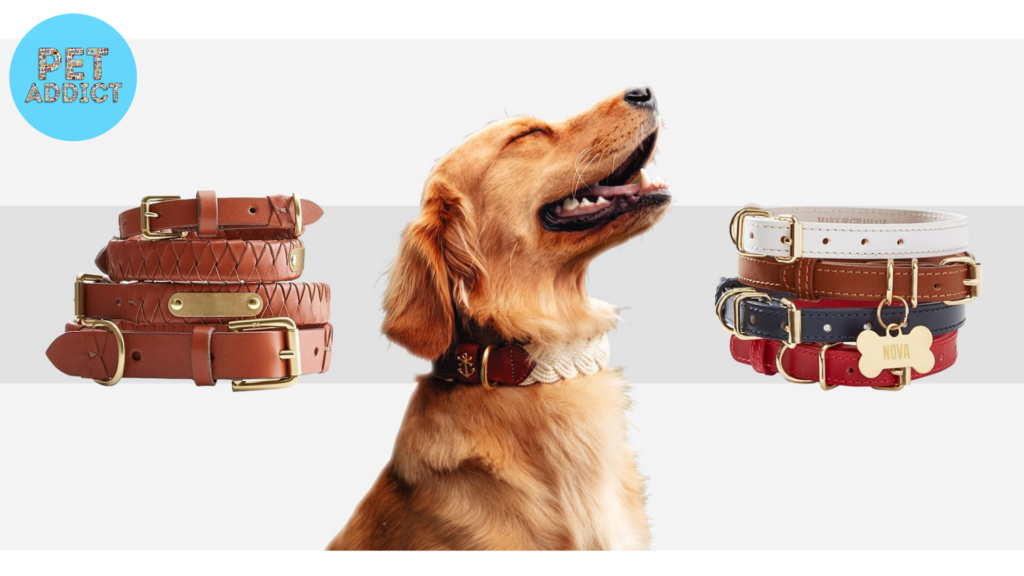
Fashionable and trendy collars for style-conscious pet owners:
- Blueberry Pet Classic Solid Dog Collar: Available in various stylish colors to suit your pet’s personality.
- Yellow Dog Design Martingale Collar: Stylish patterns and designs for a personalized touch.
Customizable Options for a Personalized Touch
- GoTags Personalized Dog Collar: Customizable with your dog’s name and your contact information.
- Country Brook Design Martingale Collar: Customize the collar with your choice of colors and patterns.
Safety Tips for Using Dog Collars
Proper Fitting and Adjustment of Collars
Ensure the collar is snug but not too tight around your dog’s neck. You should be able to fit two fingers between the collar and your dog’s skin.
Potential Hazards and Precautions to Keep in Mind
Remove collars during unsupervised play to prevent them from getting caught on objects or other pets. Check collars regularly for signs of wear and tear, and replace them as needed.
Caring for and Maintaining Dog Collars
Cleaning and Sanitizing Collars Regularly
Follow the manufacturer’s instructions for cleaning your dog’s collar to keep it hygienic and odor-free.
Checking for Signs of Wear and Tear
Inspect your dog’s collar regularly for signs of fraying, tears, or damaged buckles. If you notice any damage, replace the collar promptly to ensure your dog’s safety.
Conclusion
Choosing the best dog collar for your canine companion goes beyond aesthetics; it involves considering your dog’s specific needs and lifestyle. Whether it’s for training, comfort, or style, the right collar can enhance your dog’s well-being and ensure a safe and enjoyable experience for both of you.
FAQs
- Q: How do I measure my dog’s neck for the right collar size?
- A: Use a flexible measuring tape to measure the circumference of your dog’s neck, leaving enough room for a two-finger gap between the collar and the neck.
- Q: Are prong collars safe for dogs?
- A: Prong collars can cause discomfort and injury if not used correctly. It’s best to consult a professional dog trainer before using a prong collar.
- Q: Can I use a harness instead of a collar for leash walking?
- A: Yes, harnesses are an excellent alternative to collars, especially for dogs prone to tracheal or neck issues.
- Q: Should I keep the collar on my dog at all times?
- A: While it’s essential for identification purposes, it’s advisable to remove collars when dogs are at home and during unsupervised play to prevent accidents.
- Q: How often should I replace my dog’s collar?
- A: Collars should be inspected regularly for wear and tear. Replace them as needed to ensure your dog’s safety.


